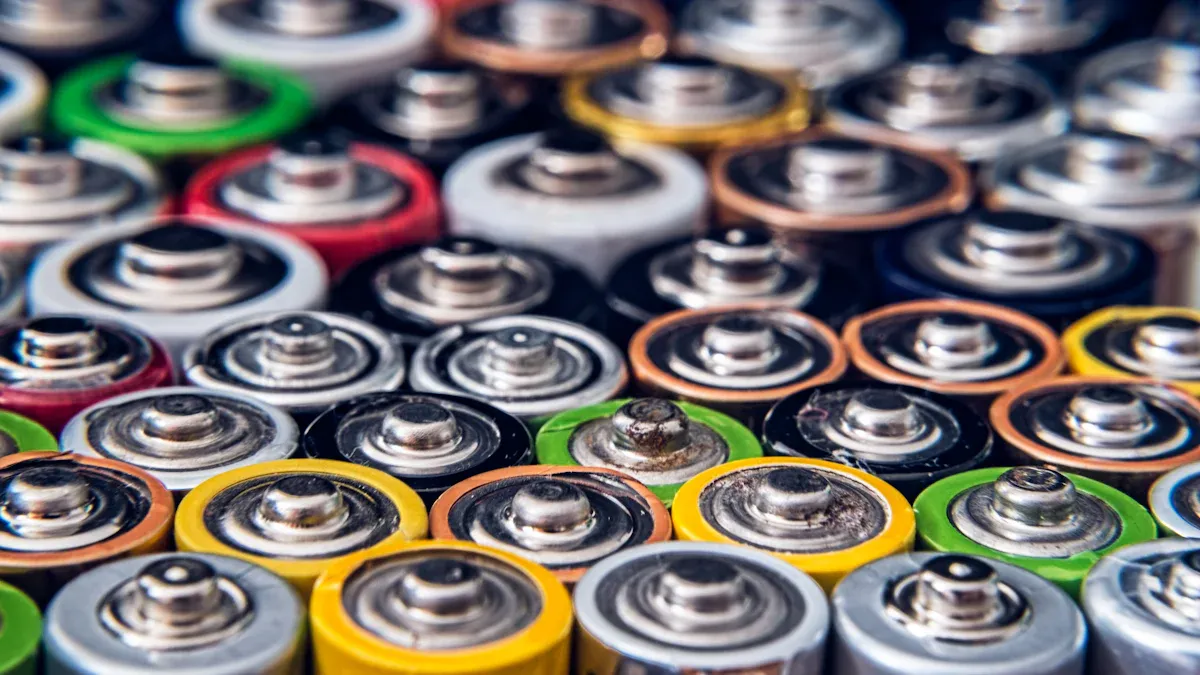As a tech enthusiast who’s always charging something—my phone, laptop, or electric scooter—I’ve spent a lot of time thinking about batteries. Not all batteries are created equal, and after digging into the differences between lithium-ion, solid-state, and semi-solid-state batteries, I’m convinced semi-solid-state is the way to go. Here’s why I’m so excited about this technology and how it stacks up.
Let’s start with lithium-ion batteries, the ones powering most of my gadgets. They’re reliable, but they have serious downsides. After about 300-350 charge cycles, their capacity starts to drop, meaning my power bank or device doesn’t last as long. Plus, the liquid electrolyte inside can overheat or leak, which makes me nervous, especially in my car on a hot day. They’re also not the most eco-friendly, relying on scarce materials that aren’t easy to recycle.
Then there’s solid-state batteries, which sound futuristic and promising. They use a solid electrolyte, so there’s no risk of leaks, and they’re much safer. They also pack more energy into a smaller space, which could mean longer-lasting devices. But here’s the catch: they’re super expensive and tricky to manufacture. I’d love to have one in my phone, but right now, they’re not practical for everyday use because of the cost and production hurdles.
That’s where semi-solid-state batteries come in, and I’m honestly impressed. They’re like a middle ground between lithium-ion and solid-state. The semi-solid electrolyte makes them safer than lithium-ion batteries by reducing the chance of fires or leaks. I feel more at ease using them, whether I’m charging my phone overnight or powering my tablet during a long flight. They’re also easier to produce than solid-state batteries, which means they’re more affordable and likely to hit the market sooner.
One thing I love about semi-solid-state batteries is their energy density. They store more power than lithium-ion batteries, so my devices last longer without needing a bigger, heavier battery. This is a big deal for my electric scooter, where weight matters. They also charge faster, which saves me time when I’m rushing out the door. Compared to solid-state batteries, they might not have quite the same energy density, but they’re close enough to make a real difference without the sky-high price tag.
Sustainability is another reason I’m sold. Semi-solid-state batteries use eco-friendlier materials than lithium-ion ones, cutting down on the environmental impact. They also last longer—think thousands of charge cycles instead of a few hundred. This means I won’t need to replace my power bank or device battery as often, which saves money and reduces waste. It’s a win for my wallet and the planet.
I’ve been using a semi-solid-state power bank for a while now, and it’s been a huge upgrade. It’s compact, charges my devices quickly, and feels sturdy enough to handle my chaotic lifestyle. Whether I’m traveling, working, or just binge-watching shows, I don’t worry about my battery giving out or causing trouble. It’s practical, safe, and built for the long haul.
If you’re curious about how semi-solid-state batteries compare to lithium-ion and solid-state options, I highly recommend diving into this article. It breaks down the tech in a way that’s easy to understand and shows why semi-solid-state batteries are such a smart choice. Trust me, once you see the benefits, you’ll be as excited as I am!
#BatteryTech #SemiSolidState #TechTrends #SustainableEnergy #PowerBank #EcoFriendly #GadgetLife










0 Comments